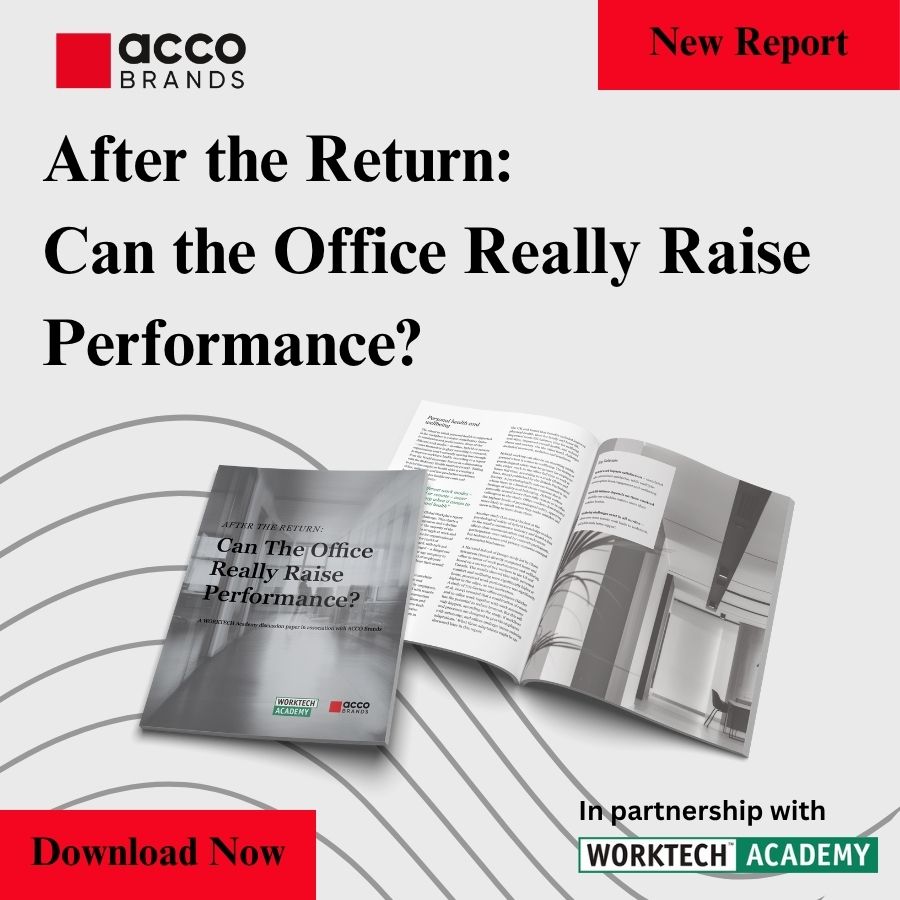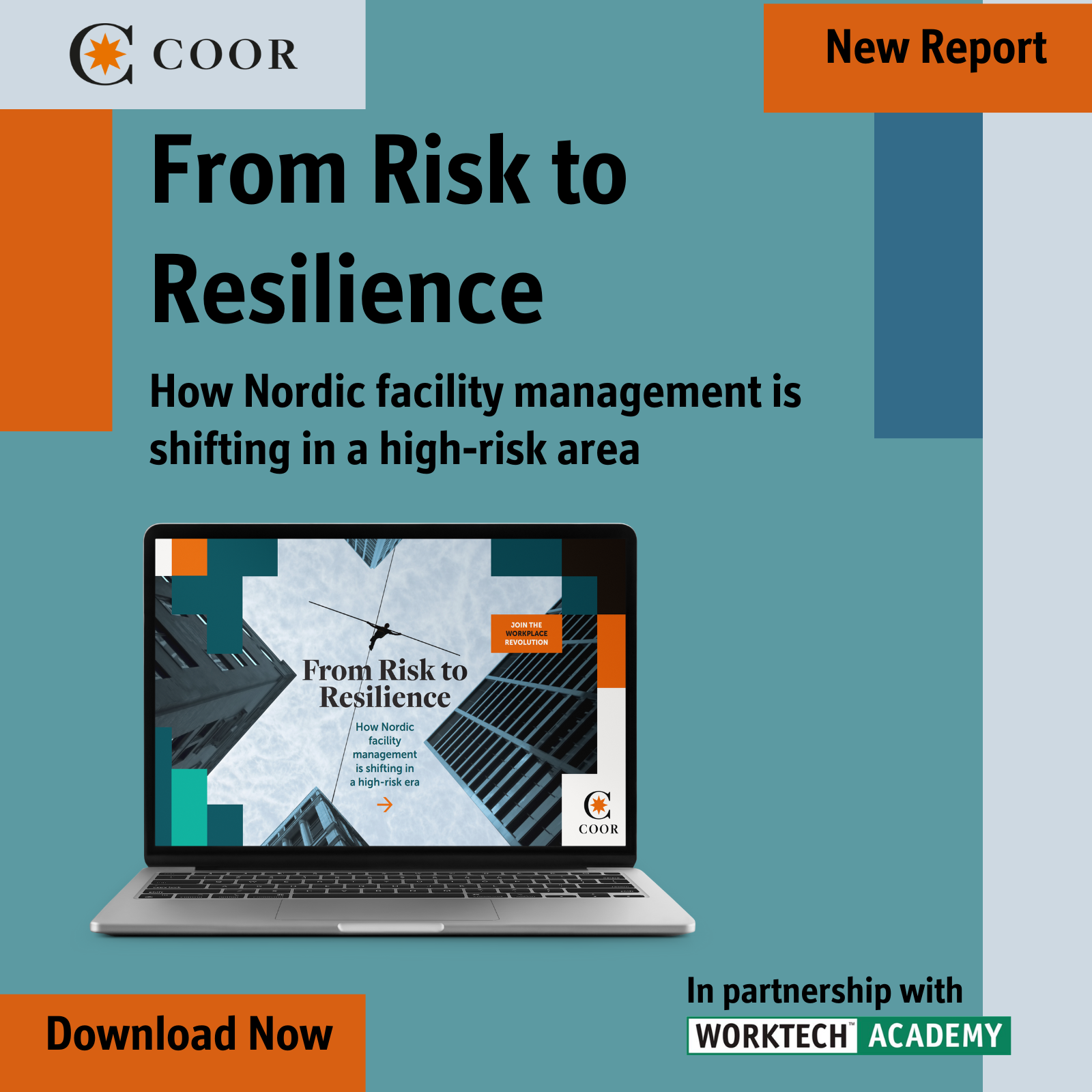How office design must catch up with the post-hybrid workplace
Hybrid work has outpaced the furniture built to support it. From inclusive seating to sustainable materials, office products are evolving to meet new patterns of use and expectation
Hybrid work has reshaped how people move through the office, yet the products meant to support them have not always kept pace. While office layouts have grown more adventurous and fluid, furniture and tools often remain tied to old ideas about static desks and uniform user needs.
Conversations with designers and manufacturers point to five priorities that can bring office product design in line with today’s working patterns:
1: From workstations to whole floorplates
Ergonomics was once synonymous with the task chair. But as employees spend less time assigned to a single desk, that narrow focus leaves a growing number of spaces under-supported. New collections are expanding ergonomic intelligence across the floorplate: meeting rooms, huddle spaces, cafés and social zones are now expected to deliver the same comfort and adjustability once reserved for workstations. Products that adapt automatically, without levers or complex setup, help hybrid workers settle anywhere quickly, removing barriers to focus and collaboration.
2: Domestic design influence
The blurred boundary between home and office is reshaping expectations. Workers want spaces that feel more intuitive, comfortable and human, informed by the aesthetics of residential and hospitality interiors. Softer forms, warmer materials and more personal visual language help workplaces compete with home settings while still meeting professional standards. This shift creates psychological safety and encourages employees to linger, socialise and share ideas in spaces that once felt transactional.
3: Equity as a design driver
Diversity within the workforce – across body types, abilities and working styles – is pushing designers to create spaces where everyone can contribute equally. Meeting equity goes beyond technology such as inclusive video conferencing; it also means ensuring that seating, tables and room layouts do not privilege some users over others. Automatic weight-balanced mechanisms, inclusive height ranges and clear sightlines can make shared spaces more comfortable and remove subtle barriers to participation.
4: User’s sustainability push
While manufacturing technology has improved, environmental progress remains uneven. Yet demand for transparency is intensifying. Specifiers and employees now question carbon footprints, recycled content and material provenance before a product is chosen. This pressure is forcing manufacturers to evolve faster, moving beyond basic compliance to measurable carbon reductions, design for disassembly and material circularity. Designers who can provide credible data and visible proof points gain a competitive edge as organisations embed sustainability into procurement.
5: Beyond the obvious
Innovation is coming from unexpected places. Designers increasingly look to art, culture and hospitality for fresh cues, stepping outside the predictable visual and functional language of traditional office products. Cross-pollination with other creative industries fosters experimentation, whether that means softer silhouettes, tactile finishes or inclusive spatial concepts, and helps the workplace feel less corporate and more human.
The office is no longer a fixed desk but a constellation of settings used for different tasks and at different times. If products remain static, organisations risk spaces that look new but feel outdated in use. Expanding ergonomics across the floorplate, embedding sustainability and meeting equity, and drawing on richer cultural references can turn workplaces into truly adaptive, human-centred ecosystems. Leaders rethinking their post-hybrid strategy should design every interaction point for comfort, inclusion and environmental responsibility – wherever work happens.








